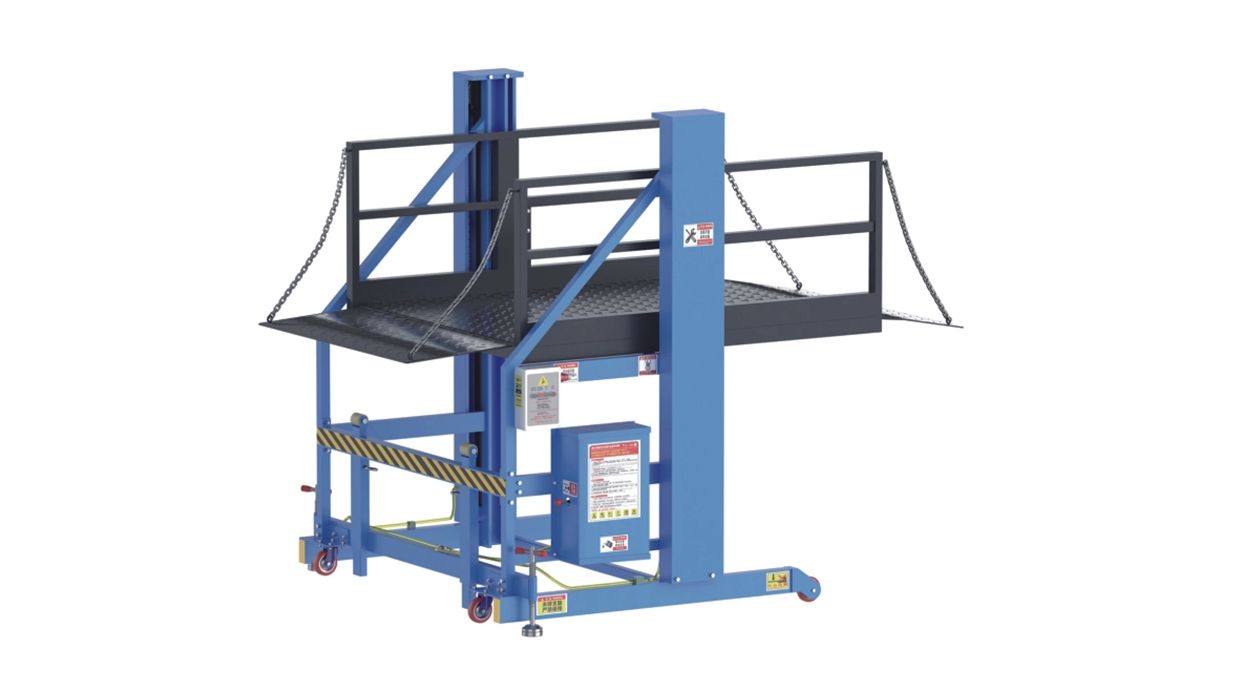Maihui Machine devoted to becoming the most ideal material handling expert for you.
Email : maihui@gdmaihui.com
- All
- Product Name
- Product Keyword
- Product Model
- Product Summary
- Product Description
- Multi Field Search

If your facility relies on moving goods from trucks to your warehouse floor, you understand the importance of an efficient loading dock. A key component of this operation is the dock ramp. It bridges the gap between the truck and the dock, ensuring a smooth, safe, and quick transfer of inventory. But one of the first questions on any facility manager's mind is: what is the cost of a warehouse dock ramp?

A dock ramp is an essential piece of infrastructure for any waterfront property, providing a stable and safe walkway from the shore to the dock. Whether it's a simple gangway for a small private dock or a large, heavy ramp for a commercial marina, there comes a time when you need to lift it. This could be for seasonal removal before winter, for necessary maintenance like cleaning or painting, or to reposition it due to changing water levels. Knowing how to lift a dock ramp properly is crucial. An incorrect approach can lead to personal injury, damage to the ramp, or harm to your dock structure. This comprehensive guide will walk you through the planning, techniques, and safety measures required to lift your dock ramp successfully and safely.

Loading dock ramps take a beating. Heavy forklifts, constant weather exposure, and thousands of loading cycles create wear that eventually leads to mechanical failures. When your chain-operated loading dock ramp stops working properly, productivity grinds to a halt and safety concerns mount.

Loading and unloading cargo safely requires a secure connection between your dock ramp and trailer. Whether you're managing a busy warehouse or handling occasional shipments, understanding how to properly fix a dock ramp to a trailer ensures smooth operations and prevents costly accidents.

Moving heavy loads between trucks and warehouses can be a logistical challenge. Whether you're managing a busy distribution center or running a small operation, having the right equipment makes all the difference. Pull loading dock ramps offer a practical solution for bridging the gap between ground level and truck beds, making loading and unloading safer and more efficient.

Loading docks are high-traffic zones where safety can't be an afterthought. Every day, workers navigate these spaces—moving between trucks and warehouses, operating forklifts, and handling heavy cargo. One question that frequently comes up during facility planning or safety audits is whether rails are required at loading dock ramps.

Loading dock ramps are essential pieces of equipment that bridge the gap between trucks and warehouse loading docks. Whether you're managing a busy distribution center or overseeing deliveries at a retail location, understanding how these ramps work can significantly improve your facility's efficiency and safety.

A scissor lift table might seem like a simple piece of equipment—press a button, and the platform goes up or down. But behind that straightforward operation lies a clever system of mechanics and hydraulics working in perfect harmony. Understanding how these components function is key to appreciating their role in warehouses, manufacturing plants, and workshops around the world.